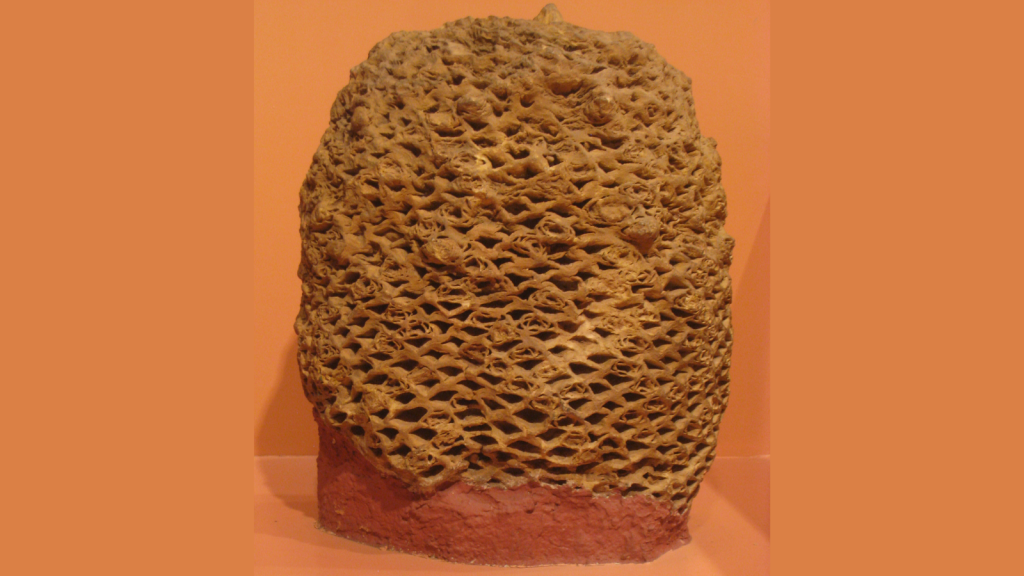Imagine a world where massive reptiles roamed the Earth, long before humans ever existed. This was the age of dinosaurs, a time so distant it’s hard to fathom. Yet, some plants that grew alongside these ancient beasts still thrive today. These living fossils have weathered millions of years of change, from ice ages to meteor strikes. They’ve seen continents drift and countless species come and go. Here are 12 remarkable plants that have stood the test of time, offering us a glimpse into a long-lost world.
Ginkgo Biloba

The ginkgo tree is often called a living fossil. It’s the only survivor of an ancient group of trees that date back 270 million years. Ginkgo leaves are unique, with a fan-like shape that hasn’t changed since the dinosaur era. These trees are incredibly hardy, with some specimens surviving the atomic bomb in Hiroshima.
Horsetails

Horsetails, or Equisetum, are primitive plants that haven’t changed much in 300 million years. In the time of dinosaurs, they grew to the size of trees. Today, they’re much smaller but still have a distinctive jointed stem. Horsetails are so tough that they’re often considered weeds in modern gardens.
Cycads

Cycads look like a cross between palms and ferns, but they’re much older than both. These plants first appeared about 280 million years ago. They were a favourite food of many plant-eating dinosaurs. Today, cycads are found in tropical and subtropical regions, with some species able to live for over a thousand years.
Wollemi Pine

The Wollemi pine was thought to be extinct until 1994 when a small population was discovered in Australia. Fossils show this tree has existed for at least 90 million years. It’s often called a “dinosaur tree” because it grew when T-Rex was still around. Today, efforts are being made to protect this incredibly rare species.
Moss

Moss might seem unremarkable, but it’s one of the oldest land plants on Earth. It first appeared over 470 million years ago, long before the dinosaurs. Moss hasn’t changed much since then. It still lacks true roots and relies on moisture in its environment to reproduce, just like its ancient ancestors.
Ferns

Ferns first appeared about 360 million years ago and were abundant during the dinosaur era. They haven’t changed much since then, still reproducing through spores rather than seeds. Some ancient species, like the king fern, can grow to impressive sizes and look much like they did millions of years ago.
Crocodile Fern

The crocodile fern gets its name from its scaly fronds that resemble crocodile skin. This plant has been around for at least 180 million years. It’s found in tropical rainforests and has barely changed since the Jurassic period. The crocodile fern’s unique appearance makes it a living link to the age of dinosaurs.
Araucaria

Araucaria trees, which include the monkey puzzle tree, date back to the Jurassic period. These evergreens have distinctive scale-like leaves and unusual branching patterns. They were once widespread but are now mostly found in the Southern Hemisphere. Some Araucaria species can live for over a thousand years.
Club Mosses

Despite their name, club mosses aren’t actually mosses. They’re primitive vascular plants that have been around for over 400 million years. During the Carboniferous period, some club mosses grew into massive trees. Today’s species are much smaller but still retain many of their ancient characteristics.
Cockroach Plant

The cockroach plant, or Pellaea rotundifolia, is a small fern that’s been around since the Cretaceous period. It gets its nickname from its round, shiny leaflets that resemble cockroach wings. This tough little plant has survived virtually unchanged for over 145 million years, outliving the dinosaurs it once grew alongside.
Cycadeoidea

While not still living, Cycadeoidea fossils show us plants that looked remarkably like modern cycads. These plants lived alongside dinosaurs but went extinct about 65 million years ago. Their fossils are so well-preserved that we can see details of their leaves, stems, and even reproductive structures, giving us a clear picture of Mesozoic plant life.
Dawn Redwood

The dawn redwood was known only from fossils until living trees were discovered in China in the 1940s. These trees first appeared over 150 million years ago. They’re deciduous conifers, losing their needles in winter. Today, dawn redwoods are popular ornamental trees, bringing a touch of the Mesozoic to modern gardens.
Katy Willis is a writer, master herbalist, master gardener, and certified canine nutritionist who has been writing since 2002. She’s finds joy in learning new and interesting things, and finds history, science, and nature endlessly fascinating.

